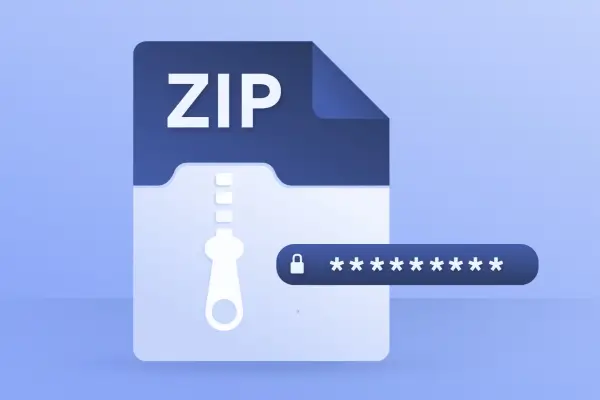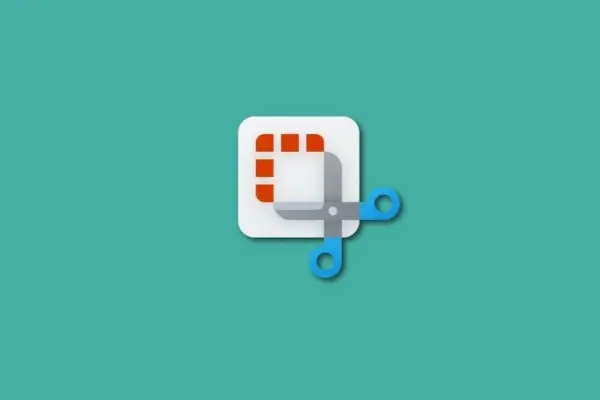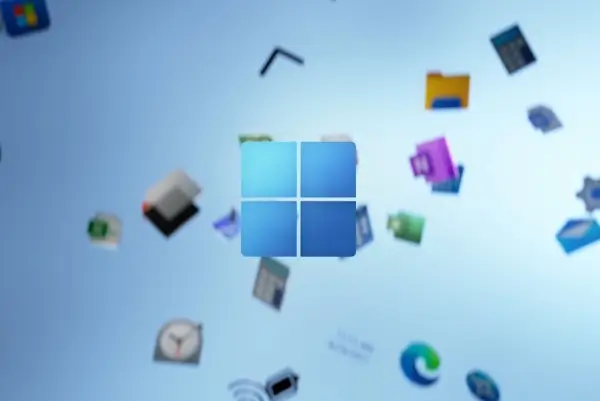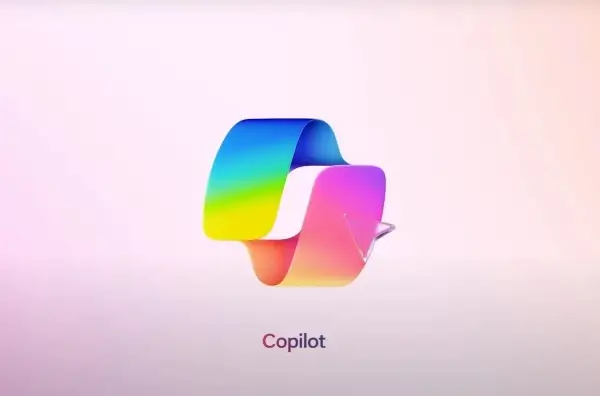Using a Live USB for simulating an operating system can be more useful than a Live CD orDVD, as a USB allows saving extra data and is faster than optical drives. Using a Live USB can help you boot temporarily from a separate operating system and allows working on other kinds of OS (for example Ubuntu) on machines which may have other kinds of operating systems installed. For example, if you are using Windows 7, you can make a Live USB and boot from it to use a Linux operating system. You can switch back to your native operating system (which in this example is Windows 7) by removing the Live media device and rebooting the system.
Universal USB Installer is a Linux Live USB creator for Windows. It provides the utility to create a Live USB for simulating Linux based operating systems on a Windows machines. It supports a large array of Linux versions for creating live USBs, including the most updated Linux distributions. In case you do not have an ISO for a desired Linux version, it also provides an option to download the ISO image file. What makes Universal USB Installer more useful than other software of its kind, is the utility it provides to automatically write changes back to the bootable medium. In other words, you can save additional information within the Live USB according to allocated USB space. Furthermore, you can create a rescue disc for a Linux version.
To begin, select a Linux version from the drop down list. The new versions of Linux distributions are displayed from the top of the list, followed by the older ones. The available Linux distributions include, numerous versions of Ubuntu, Kubuntu, Lubuntu, Edubuntu, Mythbuntu, Blackbuntu, Linux Mint, Debian, Fedora, Open Suse, and many more.
Once you have selected the desitred Linux version, click Browse and select an ISO image. In case you do not have the ISO file, select Linux version and enable “Download This ISO” checkbox to download the ISO before creating the Live USB. Universal USB Installer automatically detects a plugged-in USB device. However, in case multiple USBs are attached to the system, you can select one from the drop down menu. To display all internal and external drives, check the “Show All Drives” checkbox.
Once the USB drive is selected, check the Format checkbox to format the USB as Fat 32 and use the slider on the bottom to allocate space for saving ISO and future changes from the Live USB. Click Create to continue.
A prompt will be displayed, explaining the changes that will be made to the USB. Click Yes to create your Live USB.
This will create the Live USB for your selected Linux version.
Once the Live USB is ready, you can reboot your system to begin using Linux operating system despite having Windows installed. To go back to your main operating system, remove the Live USB and reboot the system. This way you can use a Linux version anytime on Windows, without having to dual boot or remove any existing operating system.
Universal USB Installer works on
- Windows XP
- Windows Vista
- Windows 7




